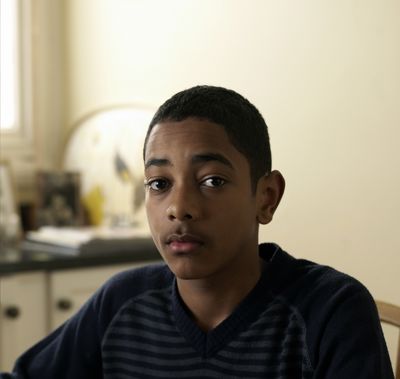The hidden toll of CAMHS waiting lists on young people’s mental health
06/11/2024
Imagine being a teenager struggling with your mental health.
After building up the courage to ask for help, you're told you'll have to wait months—or even years—to see a mental health professional.
This is the heartbreaking reality for many children and young people in England on waiting lists for Children and Adolescent’s Mental Health Services (CAMHS). For the 305,000 children who entered treatment in 2022-2023, the average wait time was 108 days, but some waited even longer.
Shockingly, 6,300 children had been waiting for over two years, with an average wait of more than three years before finally receiving treatment.
Not all areas face the same challenges, with some services averaging just a four-day wait time. But access to timely support shouldn’t depend on a young person’s postcode—every individual deserves help when they need it, regardless of where they live.
Why are young people waiting so long?
There's no simple answer, but let's break down some of the main issues:
- There has been a surge in the number of young people who need help with their mental health - Mental health issues among young people have become more common over the past decade, with 1 in 5 children and young people in England now living with a probable mental health disorder.
- Funding for mental health services for children and young people hasn’t matched the rise in demand.
- There is a shortage of children and young people’s mental health professionals, making it difficult to meet the growing number of referrals. Frontline roles including mental health nurses, support workers, and psychologists are particularly affected, with some of these specialist positions showing vacancy rates of nearly one in five posts unfilled.
What’s the impact on young people?
Being stuck on a waiting list for mental health care isn't just a frustrating experience—it can actually be harmful.
For young people dealing with symptoms like anxiety, depression, or self-harm, waiting for support often means their conditions get worse.
Short term effects
In the short term, many experience a decline in their mental health, with some reaching crisis point, leading to emergency interventions or hospital admissions. In a 2022 Young Minds survey, over a quarter of respondents shared that they had attempted suicide while waiting for support.
Difficulties with recovery
Beyond immediate mental health consequences, long-term delays can make recovery much harder. Without early intervention, mental health issues can become deeply ingrained, making them more difficult to treat. Many young people carry these struggles into adulthood, where they might face more severe challenges in managing their mental health.
Impact on education and relationships
When young people are struggling, it’s harder to concentrate in class, keep up with their work, and attend school regularly. Disrupted schooling can also have lasting knock-on effects, impacting a young person’s future life chances and self-confidence.
On top of that, long waits can damage personal relationships. Over two-thirds of young people surveyed by YoungMinds said waiting for treatment put a strain on their relationships with family and friends. They may feel isolated, misunderstood, and frustrated, as the people around them struggle to help.
Lack of trust in mental health services
Waiting months, sometimes years, without clear communication or updates can leave young people feeling let down or abandoned. When they finally reach the front of the queue, these feelings can make it harder to fully engage with the treatment they’ve been waiting for.
After feeling ignored for so long, it’s no surprise that many young people approach therapy with scepticism or disengagement, which can impact on their recovery.
What can be done to fix this?
There has been some progress in improving access to mental health services for young people. NHS England has increased the number of young people able to access support, and efforts are being made to reduce wait times and manage the surge in referrals.
While these steps are positive, statutory and non-statutory services need to work together to make sure young people get support when they need it.
We also need to see:
- More interim support for those on waiting lists to prevent conditions from worsening
- Increased funding for youth mental health services to meet growing demand
- Addressing staff shortages to ensure more young people can be seen quickly




